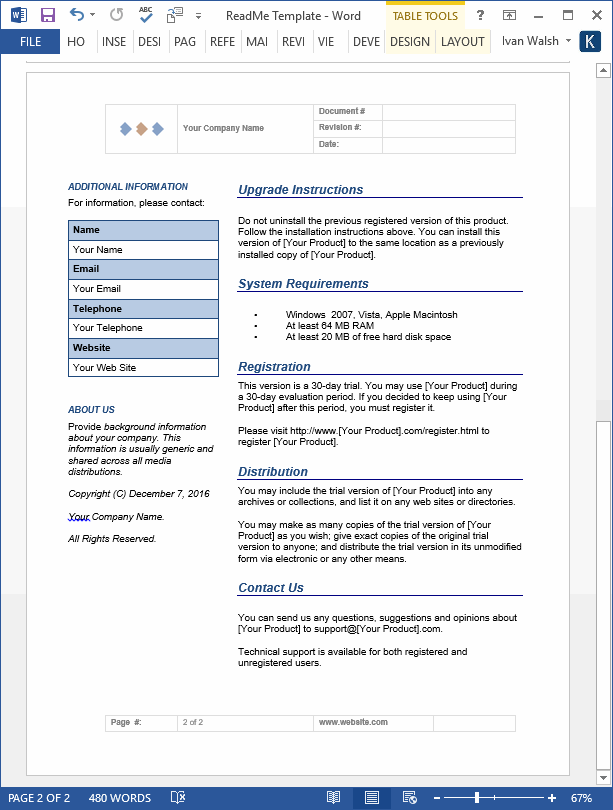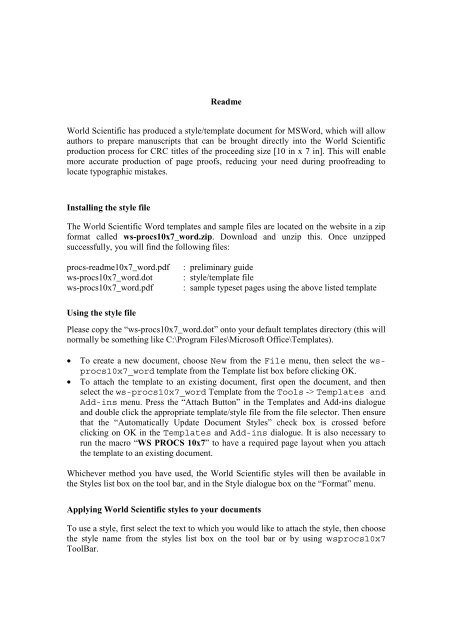

Source Code: OutwatchAttributes.scala, Builder.scala SVG OutWatch.renderInto(preview, component).unsafeRunSync() Running Main will replace with m圜omponent. OutWatch.renderReplace( "#app", m圜omponent).unsafeRunSync() To render html content with outwatch, create a component and render it into the given element: import outwatch._ In your html file, create an element, which you want to replace with dynamic content. You can find them in the OutWatch-libs Repository. We have prepared helpers for some javascript libraries. Use common javascript libraries with OutWatch Just point outwatchVersion to a specific commit. With JitPack you can easily try the latest features from specific commits on master, other branches or PRs. We're using JitPack to release the libraries. If anything is not working, cross-check how things are done in the template. To configure hot reloading with webpack devserver, check out build.sbt and from the g8 template.

optional dependencies: "" %%% "colibri-monix" % outwatchVersion, // Monix "" %%% "colibri-rx" % outwatchVersion, // Scala.rx "" %%% "outwatch-util" % outwatchVersion, // Store, Websocket, HttpĮnable the scalajs-bundler plugin: enablePlugins( ScalaJSPlugin) Make sure that java, sbt, nodejs and yarn are installed.Ĭreate a new SBT project and add the scalajs and scalajs-bundler plugins to your project/plugins.sbt: addSbtPlugin( "org.scala-js" % "sbt-scalajs" % "1.x.x")ĪddSbtPlugin( "ch.epfl.scala" % "sbt-scalajs-bundler" % "x.x.x")Īdd the outwatch dependencies to your build.sbt: resolvers += "jitpack" at "" val outwatchVersion = "26be19dc"

README DOCUMENT CODE
Now point your browser to Changes to the code will trigger a recompile and automatically refresh the page in the browser. In your newly created project folder, run: sbt dev
README DOCUMENT INSTALL
Getting started Start with a templateįor a quick start, install java, sbt, nodejs and yarn and use the following g8 template: sbt new outwatch/seed.g8 If you find something that can be improved, please do! Every Pull Request with a big or small improvement is very much appreciated.

Templates containing the basic fields to be filled in, such as the one from Cornell University, can be found online to guide the creation.Īs with all research data documentation actions, it is best to create READMEs or at least document the information you will want to include in them at the beginning of the data collection or even during the planning phase.ĤTU.ResearchData published an example of a README file they recieved in their data repository. README files can be created manually, without the need to use a specific standard or controlled vocabulary, and are therefore easily understood by humans. For more information on this topic see the page: " Creating metadata" on this site.


 0 kommentar(er)
0 kommentar(er)
